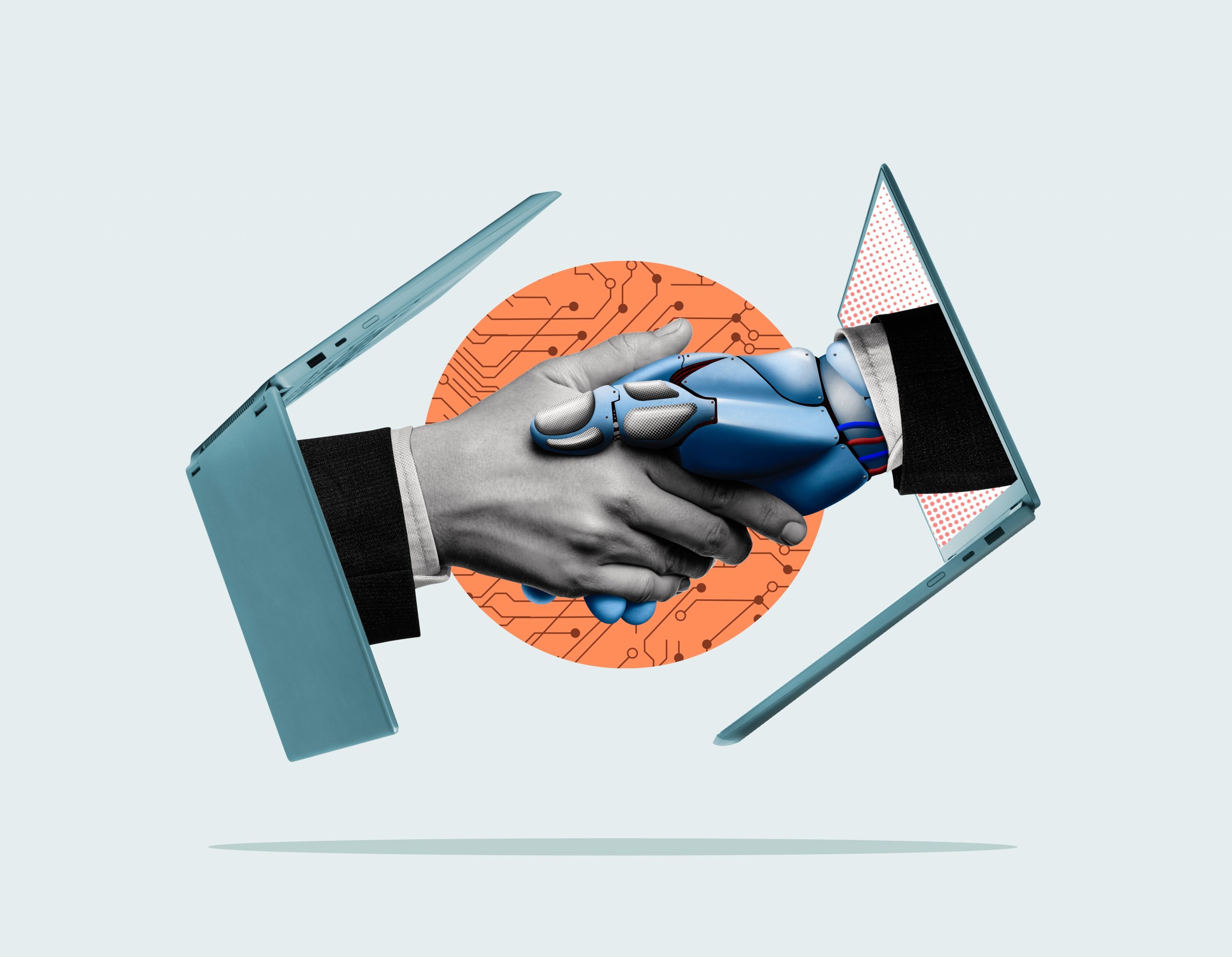As we all constantly hear, AI is poised to change everything forever—it will replace workers, create new drugs, maybe destroy the world.
But for the moment, I’m more excited about the ways AI already can fix the annoying, day-to-day problems that plague my working life.
I can get help if I zone out during a meeting, need to write a diplomatic note to an irksome colleague or want tech help ASAP. These aren’t exactly the world-shaking problems that AI promises to solve, but they are the kinds of things that frustrate us constantly.
Here are seven of the biggest problems AI tools have already solved for me.
I lost track of a meeting.
Sometimes the ping of an incoming message or the tedium of back-to-back video calls means I lose track of what is happening in a meeting. This is when an AI meeting assistant comes in handy. These tools transcribe, recap and organize what happens in a meeting so you get a tidy summary with action items afterward. Some assistants (like the transcription built into Zoom and Teams, or the add-on app from Otter.ai) even transcribe in real time, so you can quickly scroll back through the conversation.
I’m overwhelmed by email.
The job of managing email has become dramatically easier thanks to a new generation of email clients that use AI to triage the incoming flood and expedite the job of responding. AI-enhanced email programs like Superhuman and Shortwave can analyze the content of your messages and keep track of different senders, allowing them to organize your inbox by message type and priority (so all your sales newsletters get grouped together, say, and don’t clutter up your main inbox). The programs can also draft message replies.
Using an AI-enabled email client keeps my primary inbox to just the most important messages, so I don’t fall behind or get overwhelmed; I look at everything else (my newsletters and my “other” pile) when I have time.
I have to deal with an annoying colleague.
Sometimes I get so annoyed with an uncooperative, argumentative or condescending colleague that I can’t resist writing a very sharp, hostile email. I used to give myself a 24-hour cooling-off period before sending those draft messages, and then give them to my husband to review and edit. Now, I give the same job to an AI.
If I tell the AI something like, “Please rewrite this email reply so that it is constructive and cordial, rather than hostile,” I get a fresh perspective on how to reframe my snappy comebacks. That is how I learned to say, “During the past weeks, aligning directly was challenging,” rather than, “It is super frustrating that I couldn’t get any time from you.” I still get the emotional satisfaction of being as direct as I want, but the AI smooths off my edges and turns the draft into a message that can actually get the outcome I want.
I need tech support.
A day rarely goes by without needing some kind of tech support—such as learning how to use a new app or troubleshooting glitches with a videoconferencing platform. But I hate watching how-to videos, and I don’t always have time to read through an online manual or to call a manufacturer. Now I just ask Perplexity or ChatGPT how to solve my problem. That way I get step-by-step instructions that are tailored to my particular level of expertise, and I can ask clarifying questions if I get confused or if my initial steps didn’t work.
I don’t understand the subject.
If I need to read up on an academic or technical subject that is totally new to me, I often ask a general-purpose AI (like Claude, Perplexity or ChatGPT) to give me a broad summary of the field, or I use an AI-enabled academic-research tool like scite to give me a summary of the top insights in the field. But that is just a starting point, because AIs often base their summaries on a quirky subset of the academic literature, or they outright make things up. Once I have my bearings, I pick a few credible articles (ones with a lot of citations, or which have been recommended by experts) and get an AI to summarize them and clarify any points I don’t understand.
I hate doing tedious work.
I have yet to find a job that doesn’t involve some amount of tedious work—whether it is invoicing, proofreading, data cleaning or file organizing. Now I give just about all my boring and annoying tasks to an AI. For example, I have a supplier who gives me invoices in a form my accounting system won’t accept; rather than redoing those invoices by hand (or asking my nontechie supplier to fix them), I use AI to do the work for me.
It took all of five minutes to come up with the prompt that does the job: “You are a billing agent for a supplier. Your main role is to take rough billing notes and organize them into a structured table. The table should have columns for date, time period and hours worked, with one row a day. Your goal is to provide clear and accurate billing information, ensuring that all details are neatly organized and easily understandable.”
Once I have that prompt, I can use it over and over. Now all I do is paste my supplier’s latest invoice after that prompt, and I get back a table I can slap into Excel and send to my bookkeeping app.
I need more examples.
When I’m working on an article, presentation or report, I’m often stuck for just the right example to make it complete—which can mean searching the internet for hours or asking friends and colleagues to share their own examples and experiences. But now I just ask a web-enabled AI like Perplexity for something like “five examples of manufacturing companies that have embraced hybrid work.” Or I ask a couple of different AIs to help me brainstorm more examples for a work in progress—like feeding Claude and ChatGPT a draft of the first six problems in this article, and asking them to suggest more problems AI might be able to solve.
When I did that, the AIs fed me a list that reminded me of many other ways AI has removed big pain points from my working life. “Finding relevant information in a sea of data”: Yes, I often upload spreadsheets to AIs and ask them for help reorganizing or surfacing patterns. “Enhancing creative brainstorming”: True, AI has removed the bottleneck of needing a sounding board for my new ideas, because now I can always turn to an AI as my virtual sounding board. “Enhancing social-media management”: Just as ChatGPT suggested, I have used AI to analyze the performance of online posts and figure out the best hooks and titles for future updates.
The list went on and on, in a beautiful illustration of what makes AI solutions so powerful: AI can not only address our working pain points, but also retains a memory of everything it’s fixed, long after my human memory forgets what it was like to work in any other way.
Alexandra Samuel is a technology researcher and co-author of “Remote, Inc.: How to Thrive at Work…Wherever You Are.” She can be reached at reports@wsj.com .



